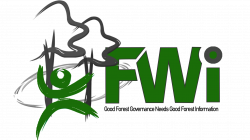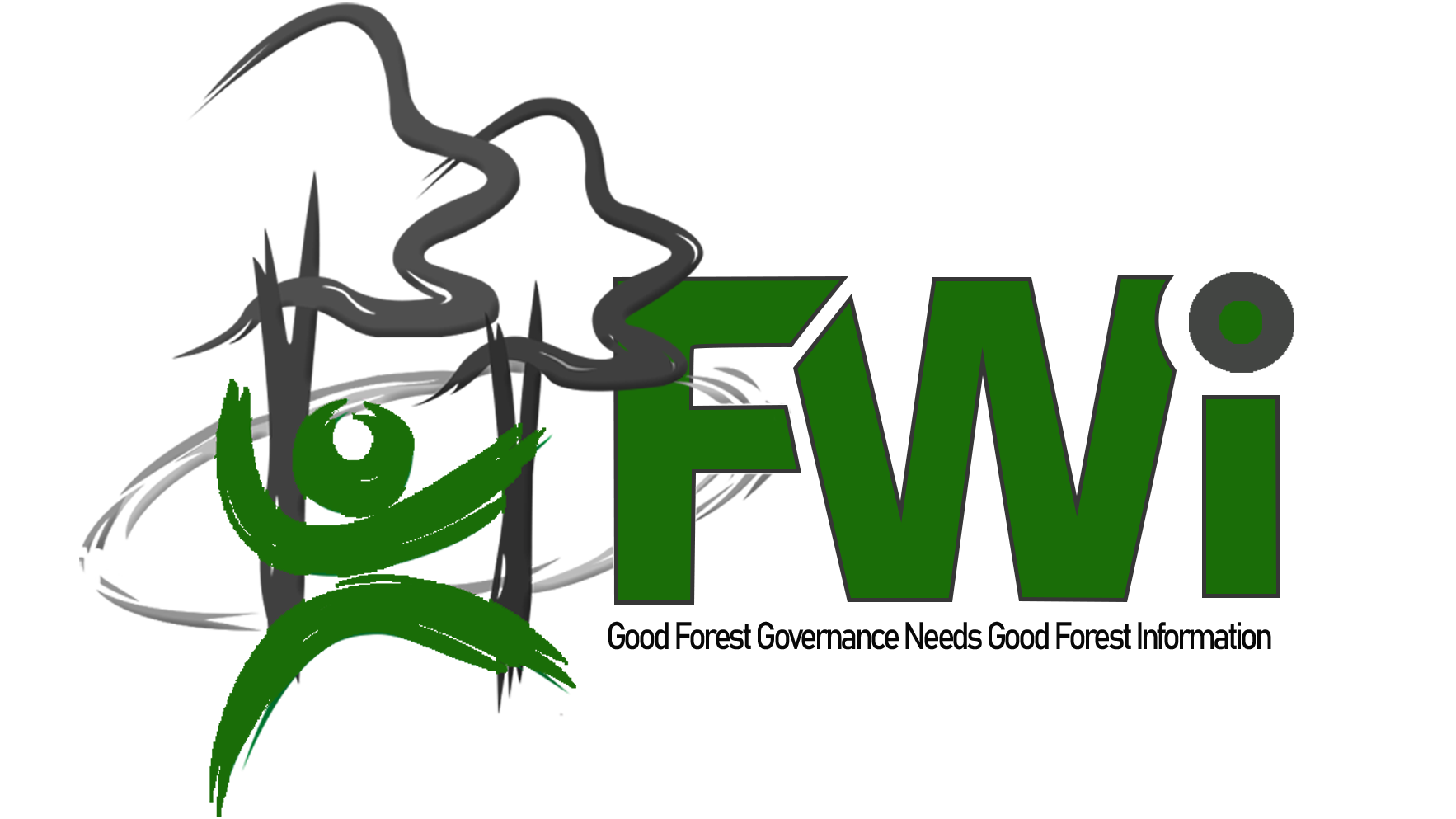Balancing the Ecosystem Conserving Nature and People’s Welfare (SELARAS) is a program aimed at promoting good practices conducted by community groups in forest and land management. SELARAS selects locations where communities are dependent on forest resources in Indonesia. Forest governance must ensure that forest resources provide access and rights for communities/indigenous peoples. It should also provide equal opportunities for communities/indigenous peoples to gain benefits from the existence of forest resources.
In continuation of the SELARAS program organized by Forest Watch Indonesia and the local organization, Absolute Indonesia, activities were once again conducted in the villages of Cipeuteuy and Mekarjaya for two days. The theme of the event was honey cultivation training for seven Forest Farmer Groups (KTH). The activities were carried out in two stages: the first stage took place on September 12-13, 2023, and the second stage on November 24-25, 2023, involving the development groups in the villages of Cipeuteuy and Mekarjaya.
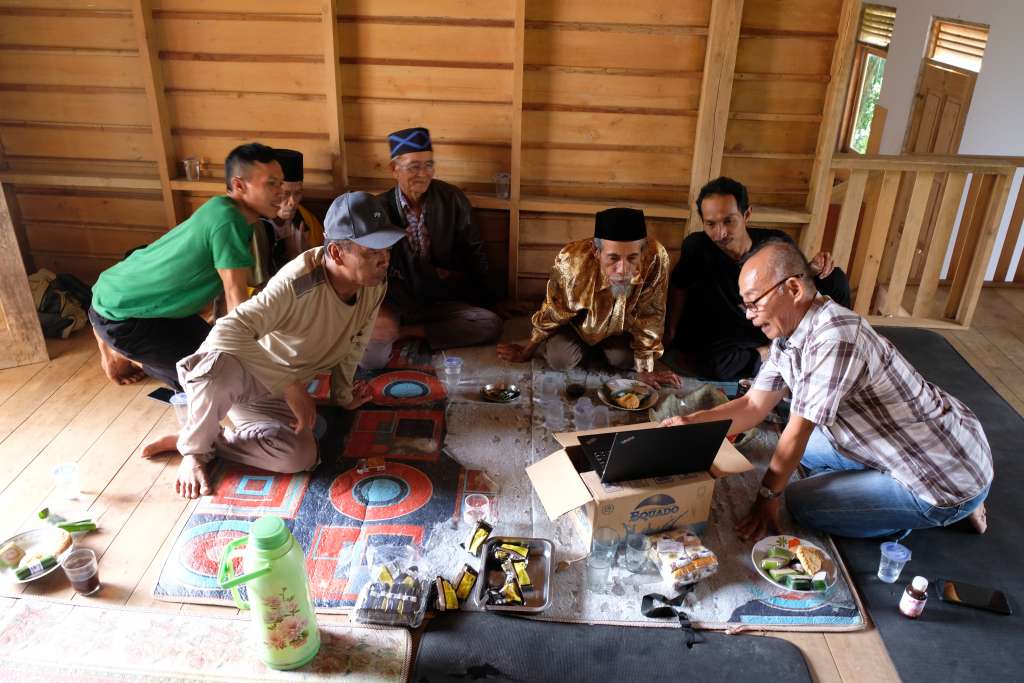

This training invited a guest speaker, I Ketut Gunardi, who on a daily basis engages in honey cultivation in Teuweul Village, Bogor. The first stage of the training was conducted in Mekarjaya Village and attended by the following groups: KTH Mekar Mukti, KTH Segar Alam, KTH Jaya Mekar Gede Hareupan. In Cipeuteuy Village, the training was attended by KTH Mekar Saluyu, KTH Kontac, KTH Panen, and KTH Girimukti.The training materials began with explanations about the types of bees, what bees eat, suitable environments for bee cultivation, threats to the sustainability of bee life, and the production capacity of bees. In the first stage, a location survey was also conducted for placing bee hives. The instructor and participants visited locations suitable for bee cultivation. Suitable locations for bee cultivation are locations with clean environments, free from smoke, pesticides, with sufficient food, and free from other animal nuisance and other disturbances. Such locations should have plenty of flowering plants as a food source for the bees and be at an altitude of less than 800 meters above sea level. The selection of these locations can vary, including areas behind residents’ houses or on hills. The most important factors are abundant food, such as nectar from flowers, and clean air.
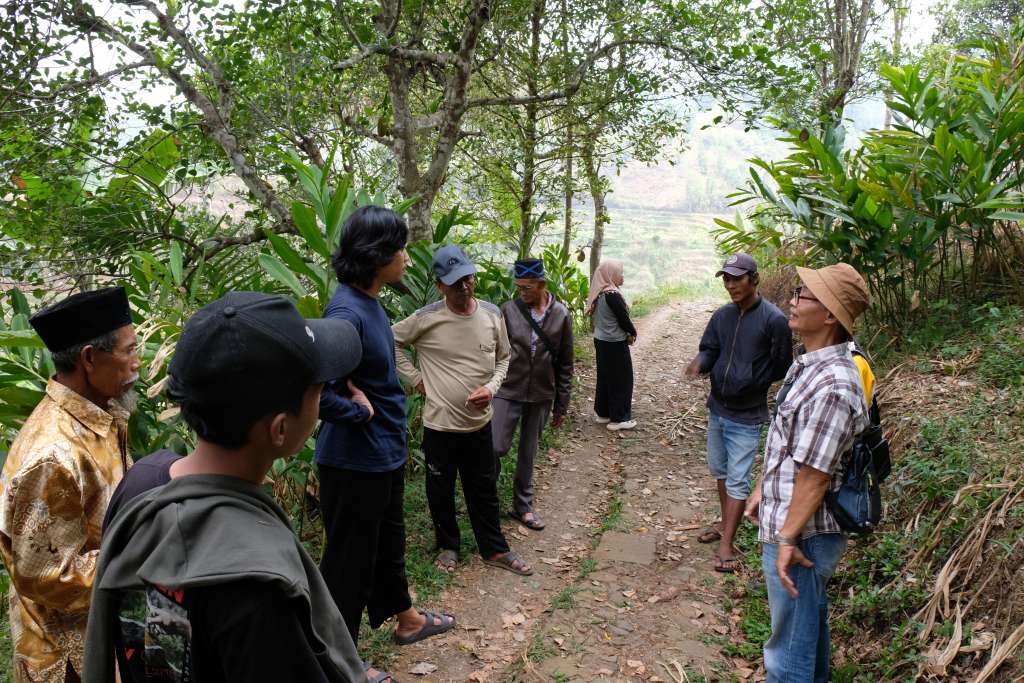
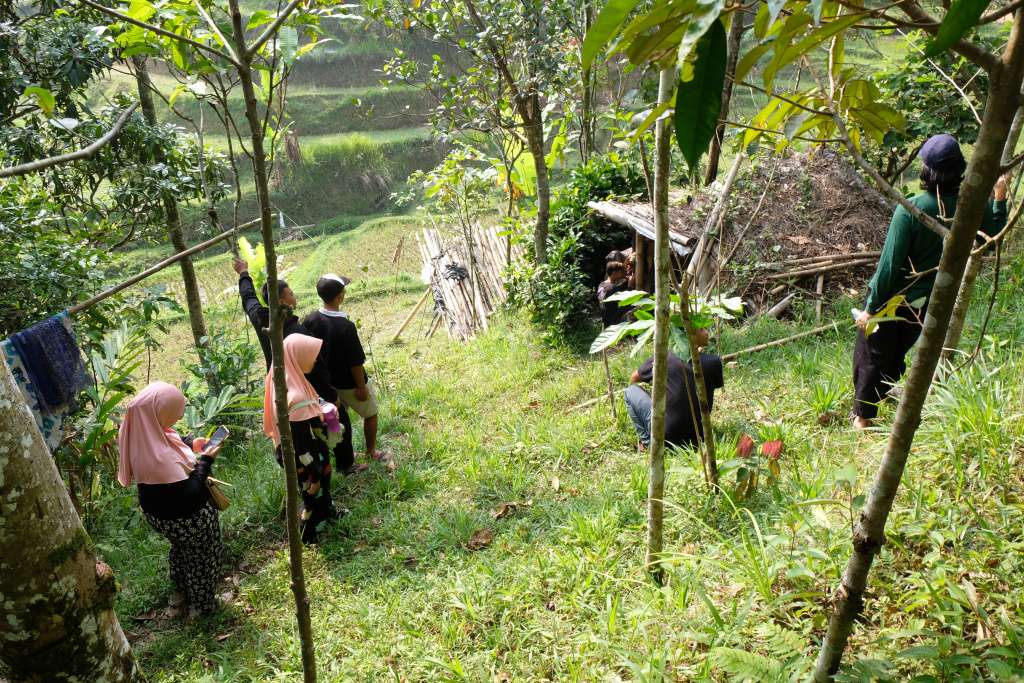
In the second training, training focused on the installation of beehives. The chosen bee species for cultivation is the Heretotrigona itama, which is well-suited to the environment and altitude of the selected location. With this beehives installation activity, hopefully the community could benefit the KTH (Forest Farmer Groups) and, in the future, improve the local economy, especially for KTH members. Through this honey cultivation activity, the community can utilize it as an additional source of income beyond agricultural produce.
The locations for hive placement have been determined by the KTH in Mekarjaya and the KTH in Cipeuteuy. The best time to install hives is from morning to midday. Hives can be placed in two ways. First, the installment is done aligned with the bee entrance hole. Hives placed this way are called cold hives (air flows freely inside). Second, the hives are placed at a 90-degree angle to the bee entrance hole. Hives placed this way are called warm or hot hives (incoming air is blocked by the front frame). Since bees prefer warm conditions, the warm hive type is very suitable. However, most beekeepers domestically and internationally use the cold hive type because the shape and size of the hives allow bees to create their desired microclimate. Moreover, the hives should be protected from strong winds, direct sunlight, and rain. Hive placement should be far from areas with smoke and residential houses. The hives placement should be arranged neatly in rows, with a distance of approximately 1-2 meters between each hive box. Underneath each bee box, a support should also be provided, raising it about 50 cm from the ground. This is intended to protect the honeybees from pests such as snakes and similar threats.
The bee species has been determined following the location selection, which is the Heterotrigona itama bee. Components in setting up the hive include the colony hive, consisting of two parts, which is the the toping/honey storage and the colony space poles for supporting the hive, a base for the hive, and a black bonnet or plastic cover to prevent rainwater infiltration. The process of hive installation involves erecting support poles, placing the base, and assembling the colony hive.
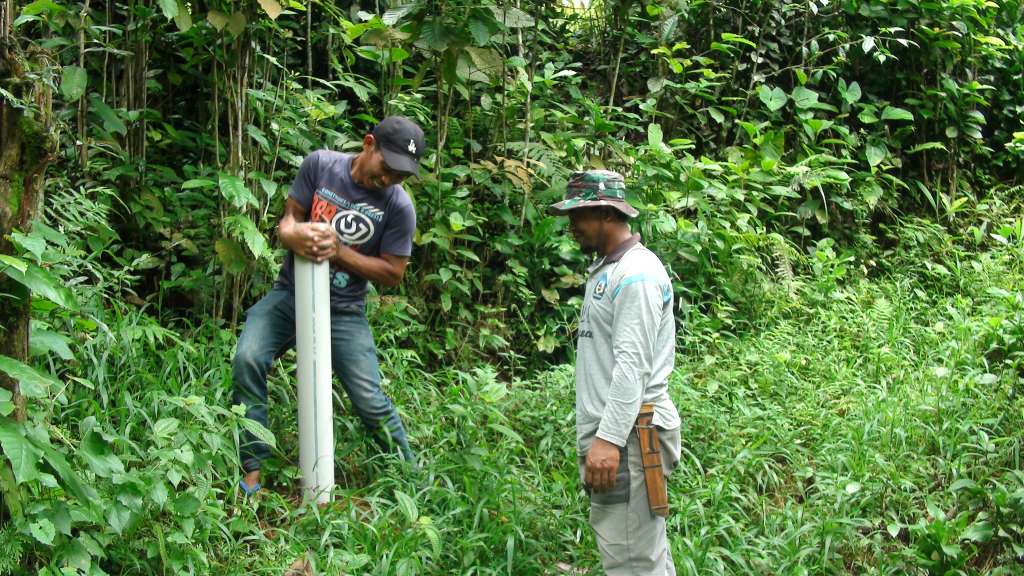
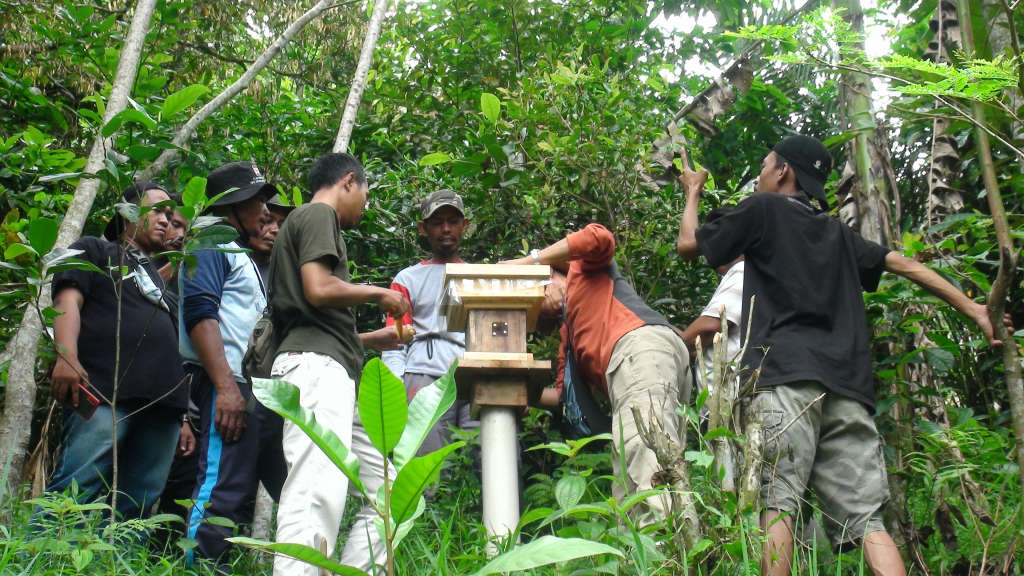
The placement and installation has been completed with the selection of suitable locations. Heterotrigona itama bees can produce honey, propolis, and pollen. Based on the information from this beekeeping training, they can produce approximately 3 liters of honey within three months. here are many benefits that can be obtained by the community, including personal consumption and commercial utilization.
In addition to honey, propolis and pollen produced by trigona bees are equally beneficial, which can be used for health products and also have high market value. Essentially, trigona bee cultivation is not difficult and does not require extensive farming areas. This type of bee also does not sting, making it safe for communities or indigenous people to start cultivating this bee species. This is in line with the goal of the SELARAS program, which aims to generate benefits for communities or indigenous people to increase their income and not solely rely on a single agricultural product.
